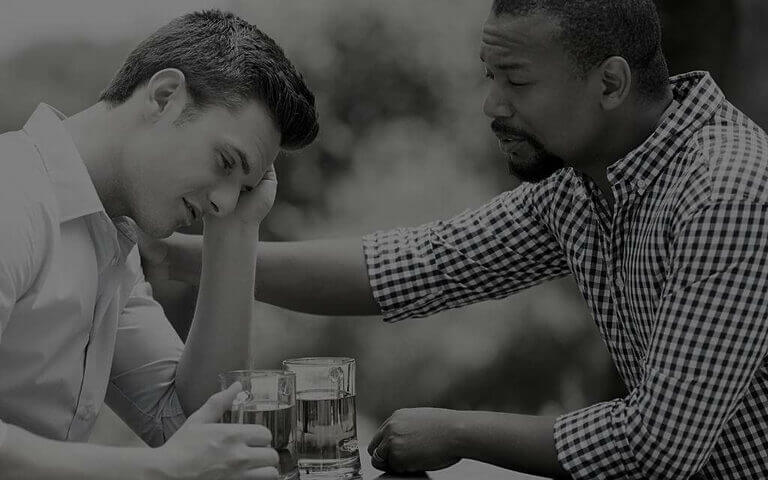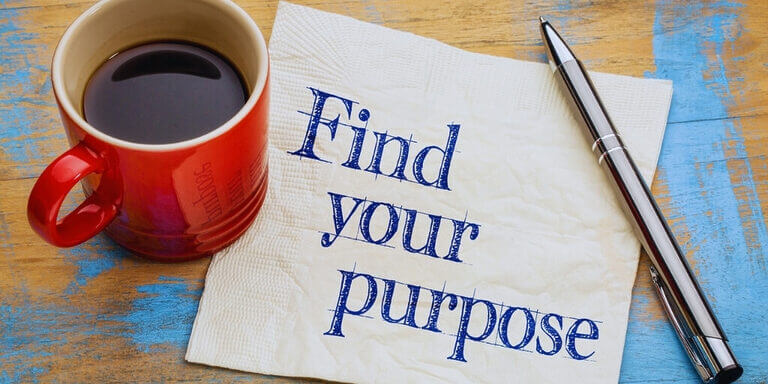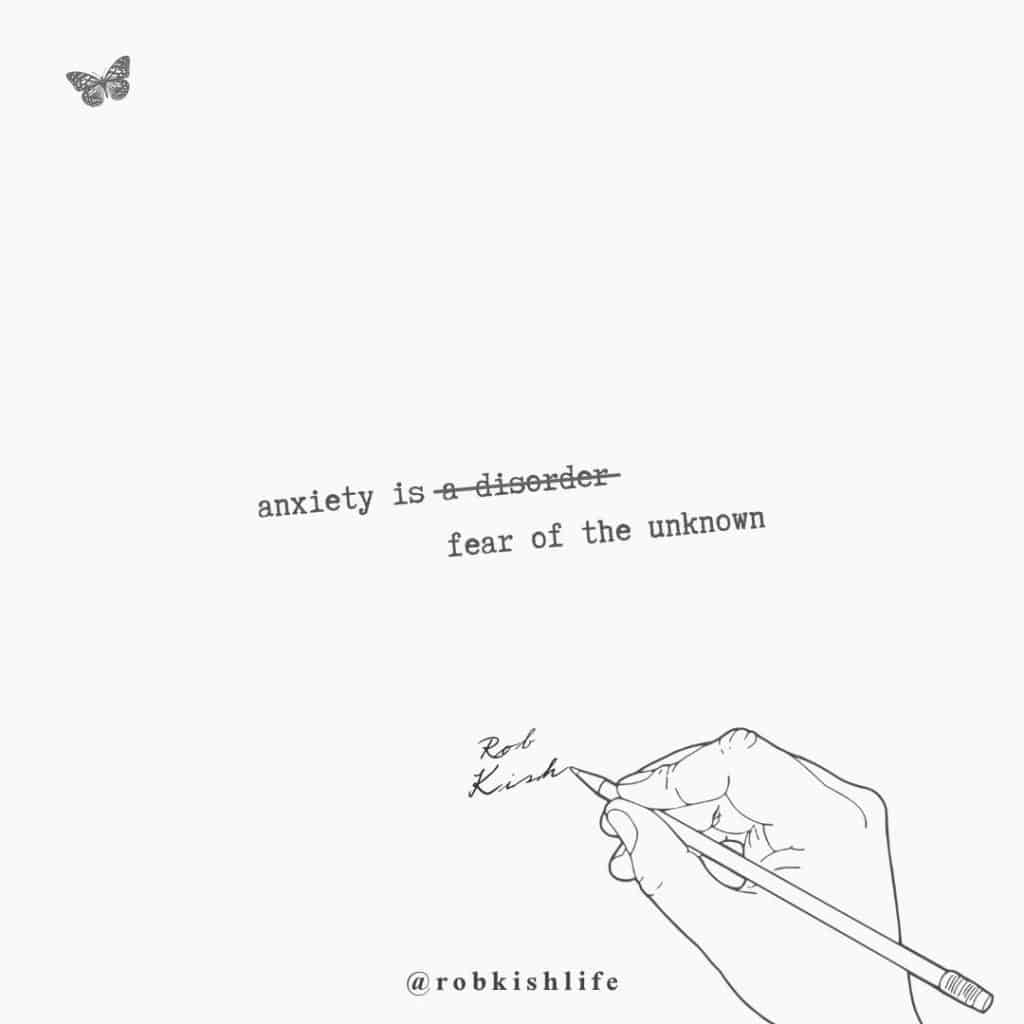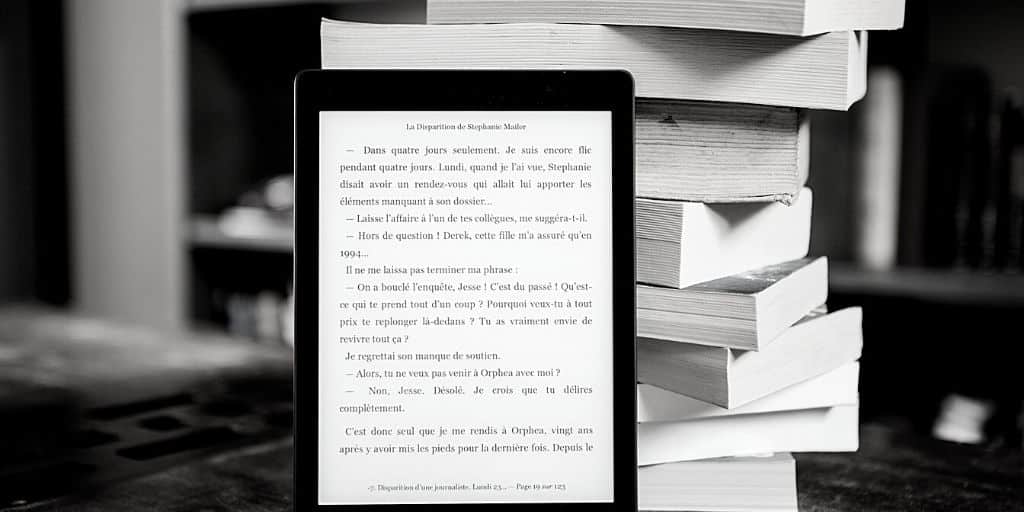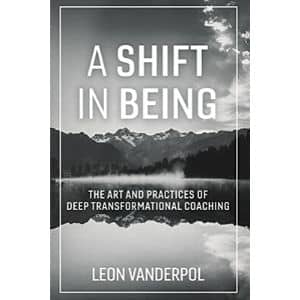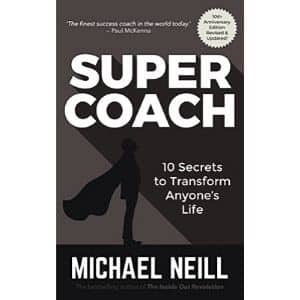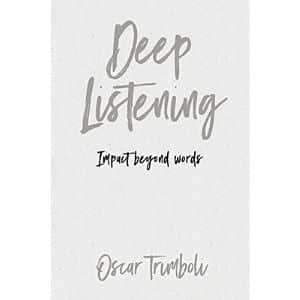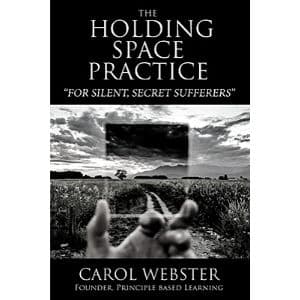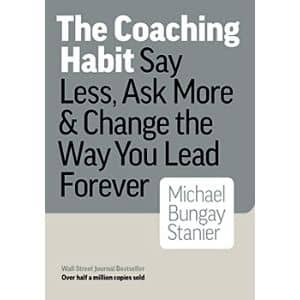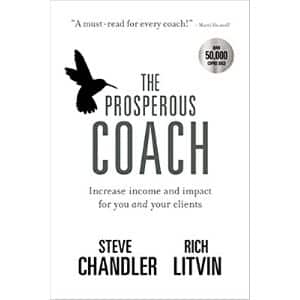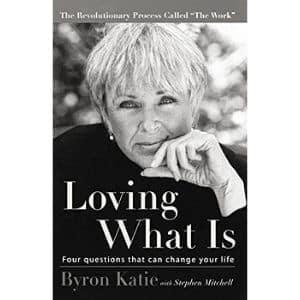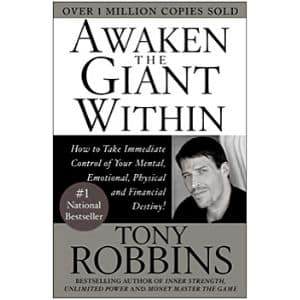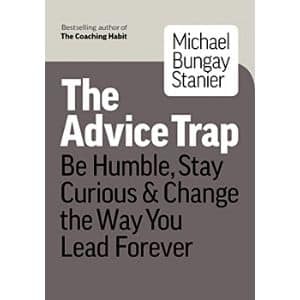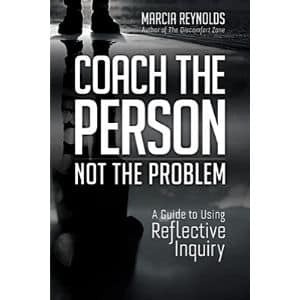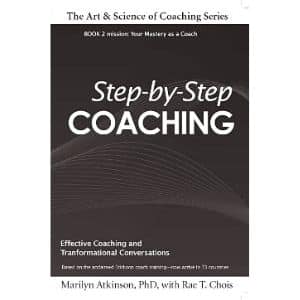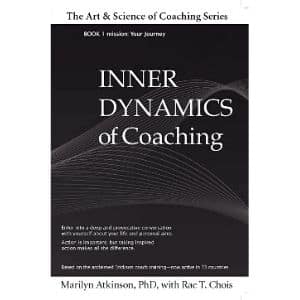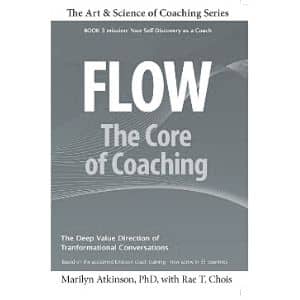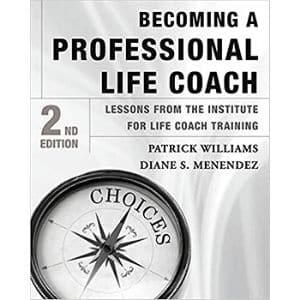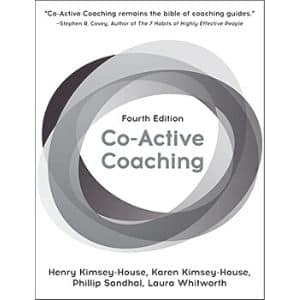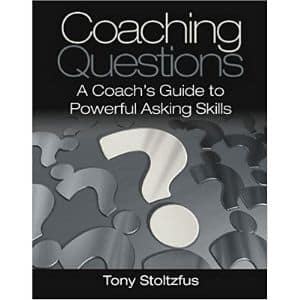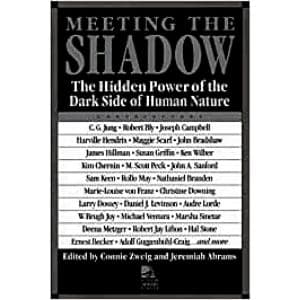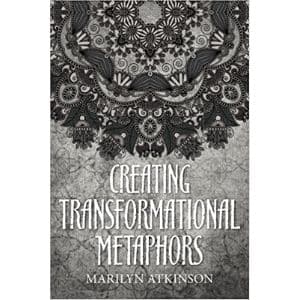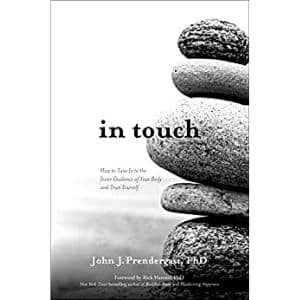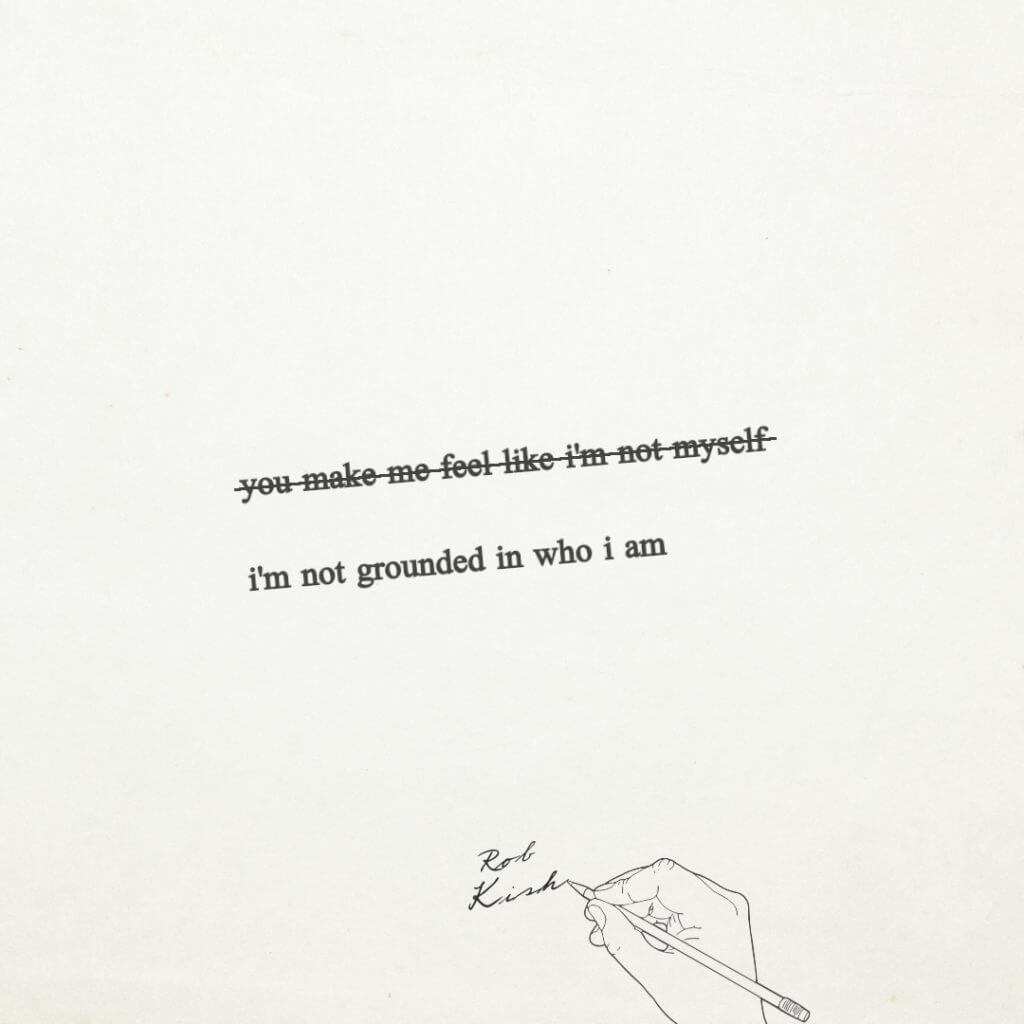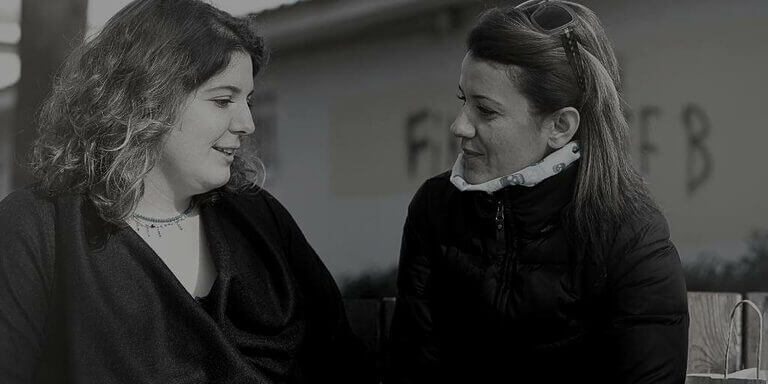Learning how to validate someone else’s feelings is one of the most important skills the majority were never taught. Emotional validation is imperative and foundational to a healthy emotional relationship with yourself and others. It’s also at the forefront of feeling worthy.
What Exactly is Emotional Validation?
When you emotionally validate yourself or another you’re accepting the internal experience. You may not understand the experience but you understand the experience is valid based on how you or they are thinking and feeling.
It’s important to note that all of our experiences are created by our unique history, thoughts, beliefs, perspectives, conditioning, and emotions. Why is this important to know? Because this is why we experience what we experience. It’s also why none of us share the exact same experience—it’s why we’re all inherently different.
At the end of the day, you may not see the world the way others do but you also don’t deny their experience, you validate it.
What is Emotional Invalidation?
As you might imagine, emotional invalidation looks the complete opposite of what you just read. You emotionally invalidate yourself or someone else when you deny the emotional experience being had. The message being sent is that you or they shouldn’t feel what’s being felt, it’s not normal.
Invalidation can come across as contradicting, undermining, belittling, minimizing, and judgmental. Think back to a time where you felt any other those while expressing your emotional experience to another and see if you can find why you felt invalidated.
Invalidation can also be seen as a form of gaslighting, making you or them look crazy for what’s being experienced. Why? Because the message being sent is that the experience isn’t justified and illogical.
Any time you try to escape or change your emotions because you’ve judged them as bad, negative, or unwanted—you’ve denied your own experience.
Emotional invalidation is a fast track to an unhealthy or broken relationship with yourself or another.
Why Emotional Validation Can Be Challenging
We Think to Validate is to Agree
This is a common misconception about what it means to validate. One of the simplest ways to change this misconception is to replace the word ‘agree’ with ‘accept’‘.
We’re accepting our own, or another’s, experience as it is, not agreeing with it.
How can we validate someone without agreeing?
You can express validation without agreement by telling someone you understand how they can feel or experience what they are based on what they’ve told you.
If you feel safe enough in their space you can communicate that just because you’ve expressed understanding and validation toward their experience doesn’t mean you agree with their beliefs or perspectives.
We’re Caught Up in Our Own Judgments
We Invalidate Our Own Experiences
If you have a habit of not validating your own feelings and experiences you will surely struggle to do so for another. Like most things, validation always begins with ourselves.
We Listen to Provide Solutions
In my experience, this is probably the most common reason we invalidate someone’s emotional experience, so long as our intent wasn’t malicious. We get so caught up in trying to come up with a solution that we don’t listen deeply.
Many times, our proposed solutions are unwarranted and not asked for yet we still deliver them.
The problem with solutions is that they don’t provide validation, non-judgmental listening and acceptance do.
Examples Of Validating Statements
It’s understandable you’d feel that way.
Yes, that makes sense. I can see why you say that.
I’m sorry you’re having a hard time with this.
It’s perfectly normal that you think that.
Can you tell me more about how you’re feeling?
I can see why you feel…
Examples of Invalidating Statements (Avoid at All Cost)
It’s not that big a deal.
I’m sorry you feel that way. (when it takes the place of an apology)
You could be dealing with far worse problems.
You’re better than that
Don’t stoop down to that level.
You’ll get over it/Get over it
That never happened/You never said that.
You need to calm down.
You’re being dramatic.
You aren’t making any sense.
You’ve upset them again by saying that.
If I were you…
What I usually do for this problem is…
You’ll be OK
Time heals all wounds
How to Validate Someone Who is Angry
Emotional Validation and Holding Space
Emotional validation has a lot of overlap with holding space. Holding space for another is imperative for them to feel safe with you emotionally.
What does it mean to hold space? You create a safe, non-judgmental environment that allows yourself and/or others to be authentic, expressing thoughts and emotions without hesitation or worry.
If you are unfamiliar with what holding space is you can learn how to hold space step-by-step here.

